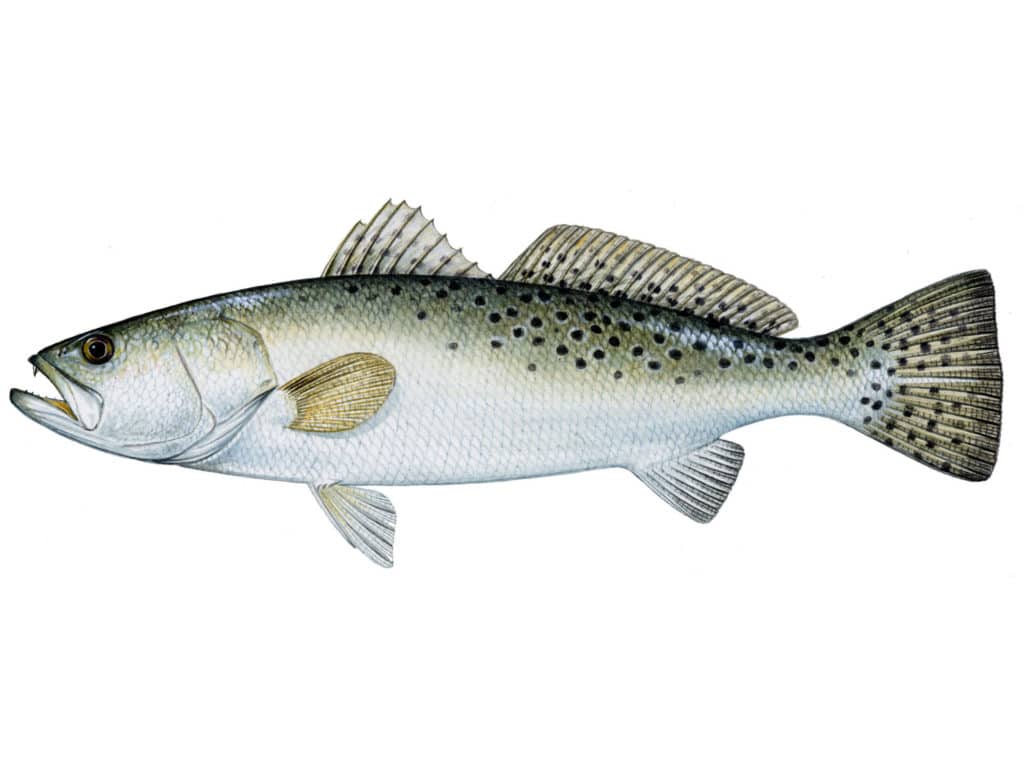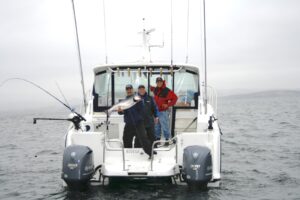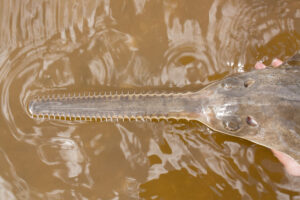
Texas’ speckled trout limits are like a malfunctioning traffic light. You know they’re going to change, and you have a pretty good idea what’s next, but you can never be sure when.
Major freeze? Disappointing annual survey? Here comes a change. Maybe temporary. Maybe semi-permanent. Maybe half the coast but not all of it. Common theme: Science-based tweaks and a few crossed fingers, always in alignment with the long-term goal of a healthy, renewable stock – which is no easy target to hit along 700-plus miles of coastline.
The latest adjustment to Lone Star trout limits, a statewide sweep, was handed down in January, when the Texas Parks and Wildlife Commission reduced the daily bag from five fish to three and lowered the high end of the current 15- to 25-inch slot to 20 inches.
Previous rules also allowed one fish longer than 25 inches daily. After numerous meetings with Texas Parks and Wildlife Department staff and recreational fishermen, commissioners were set to increase that one-a-day trophy minimum to 28 inches. Just before the hammer fell and the deal was inked, however, they boosted that magic number to 30 inches.
If you’re not confused yet, know that these rules won’t go into effect until at least sometime in March. And by September, when Texas’ hunting/fishing licenses cycle, you might be able to pay a few bucks more for a one-time bonus tag that allows for a second 30-inch trout. Once.
[Note: Texas produces more than half the 30-inch and larger speckled trout in the nation. It’s a guess, but I suspect second place belongs comfortably to Florida.]
These changes are justifiable and agreeable to most Texas anglers. After decades of educational effort by people concerned for the long-term sustainability of the state’s favorite saltwater gamefish, most of the people who easily could catch three or five or a dozen trout daily are releasing most or all their fish regardless of limits.
The need for this and other restrictions on seatrout in recent years isn’t necessarily tied to an increase in pressure, although hundreds of thousands of recreational anglers with modern boats and tackle and electronics certainly are capable of dinging the stock. Nor is it a knee-jerk behind yet another coastal freeze, although the most recent one didn’t kill many fish.
Instead, it appears that overseers are adopting longer-term strategies than in the past. They’re becoming proactive rather than reactive, getting ahead of trouble rather than responding to it.
Texas’ current seatrout assessments range from fantastic to horrible, depending on who you ask and where you take your snapshot. Some bay systems have an abundance of smaller trout that, under the new rules, will have a better shot at becoming bigger trout. Other systems, especially along the lower coast, optimistically are being touted as having healthy year classes right up through trophy size.
I’ve fished the Texas coast since the late 1970s, when there were no limits on trout. I’ve seen rebounds from severe freezes, spills and huge population growth up and down the coast. And subsequent, necessary limits on trout. First 20 daily, then 10 and ultimately the five we can box until spring. And those limits paid dividends – and will now, as well.
This time, commissioners have dismantled that busted light in the intersection and replaced it with a blinking yellow one. If Texas bay anglers heed those cautions through coming years, adherence to the new rules should establish a robust fishery that can endure whatever nature and newcomers throw at it.
Had commissioners not made this move, the state’s spotted seatrout fishery may have been a single disaster removed from a four-way stop.









